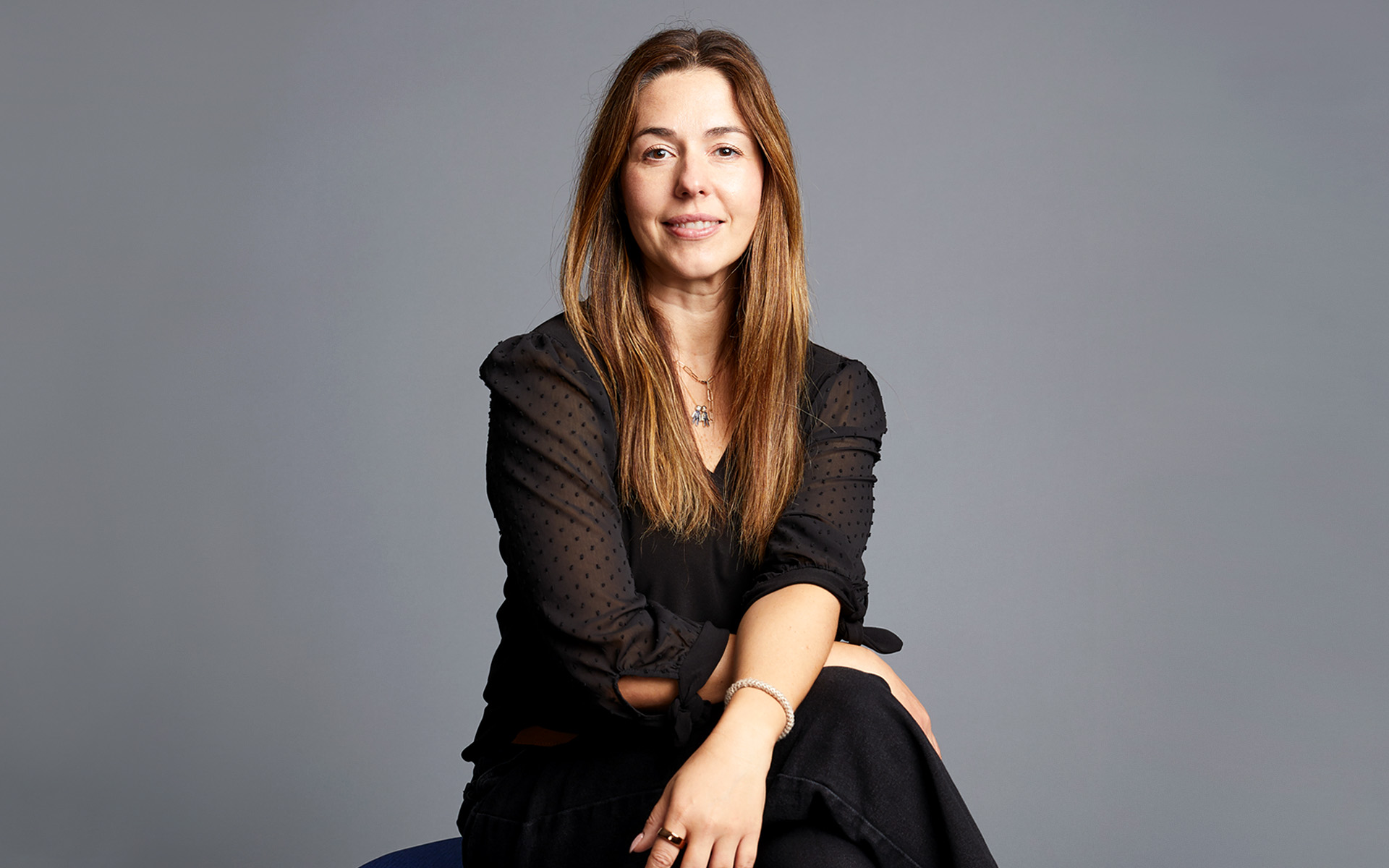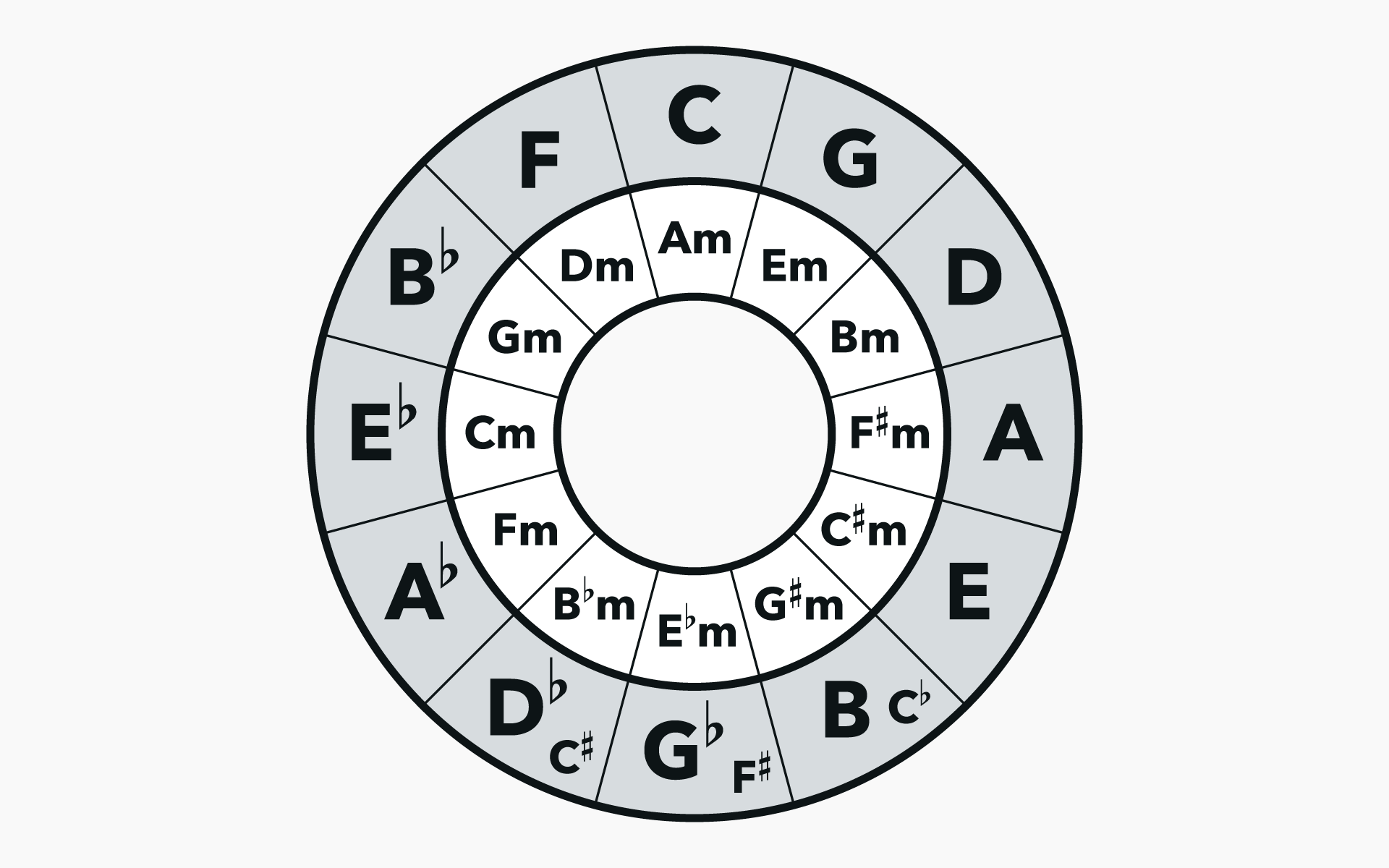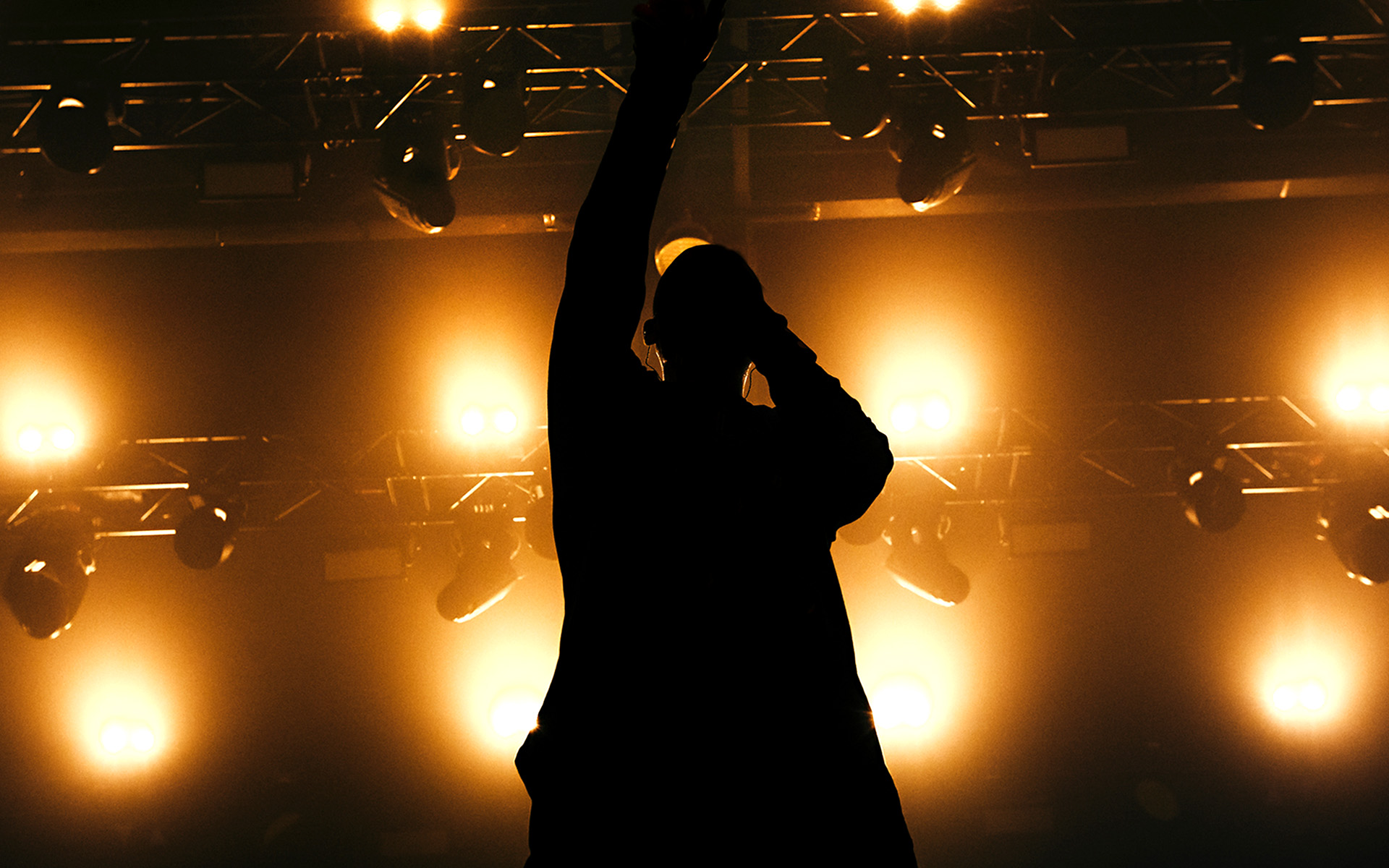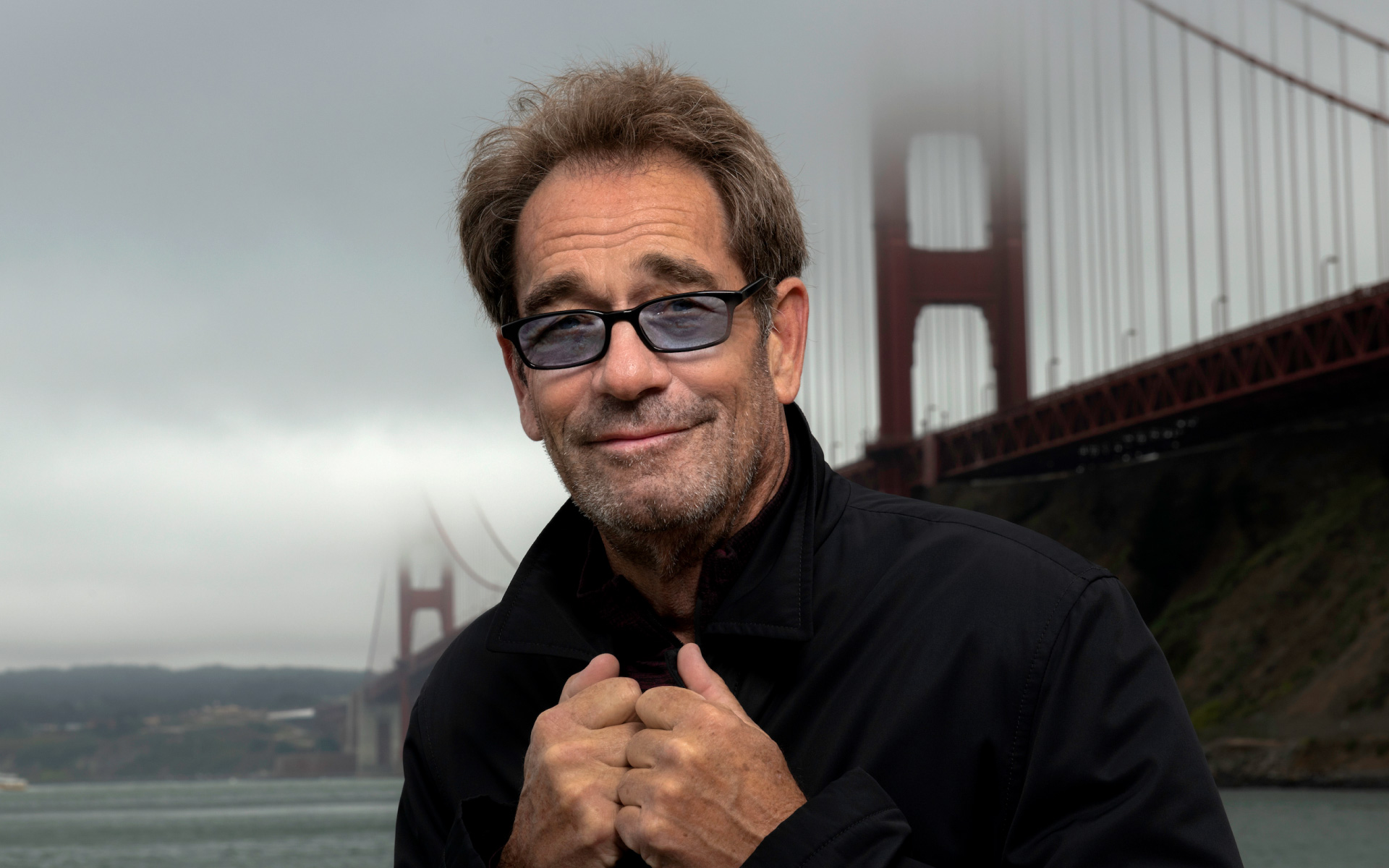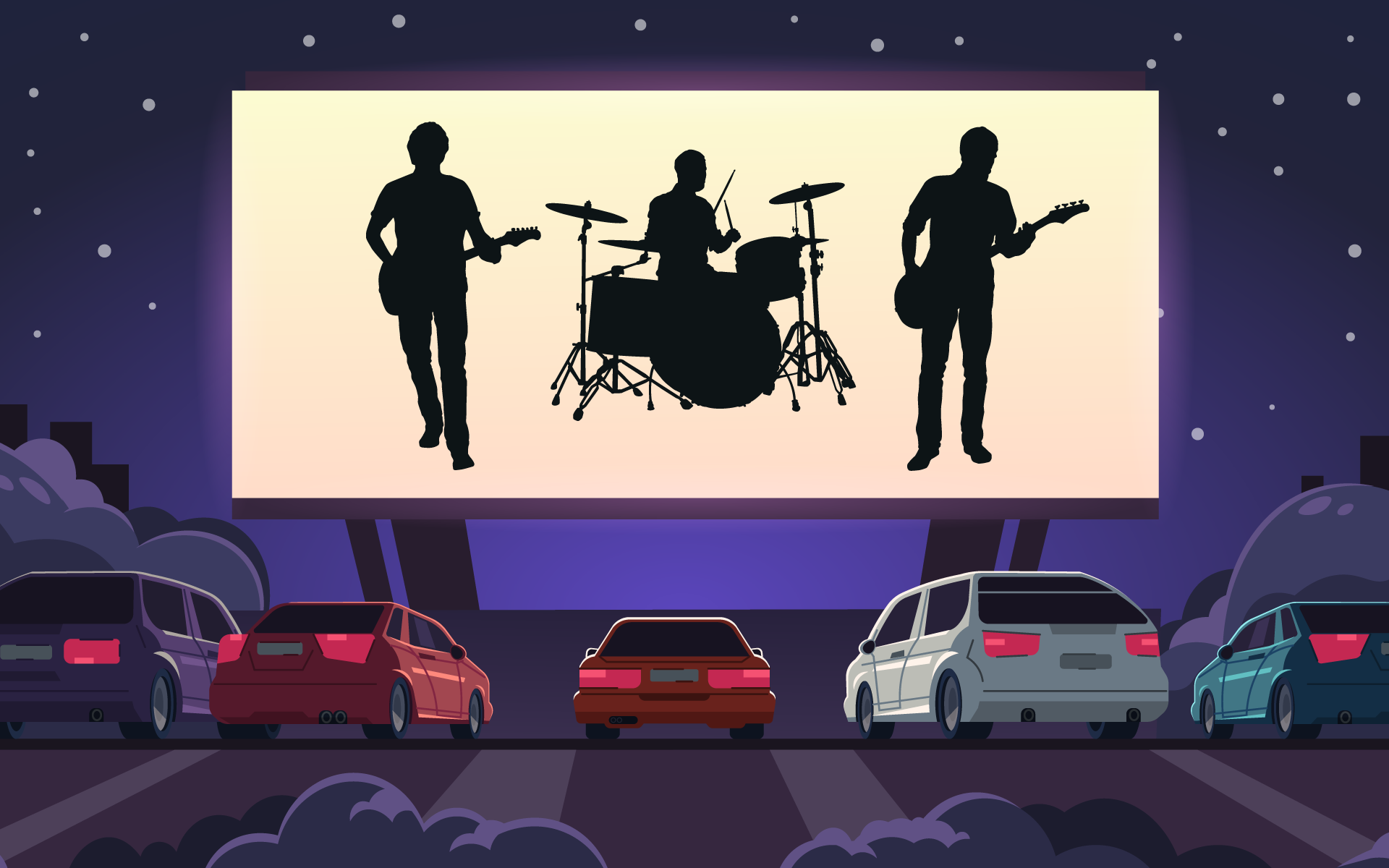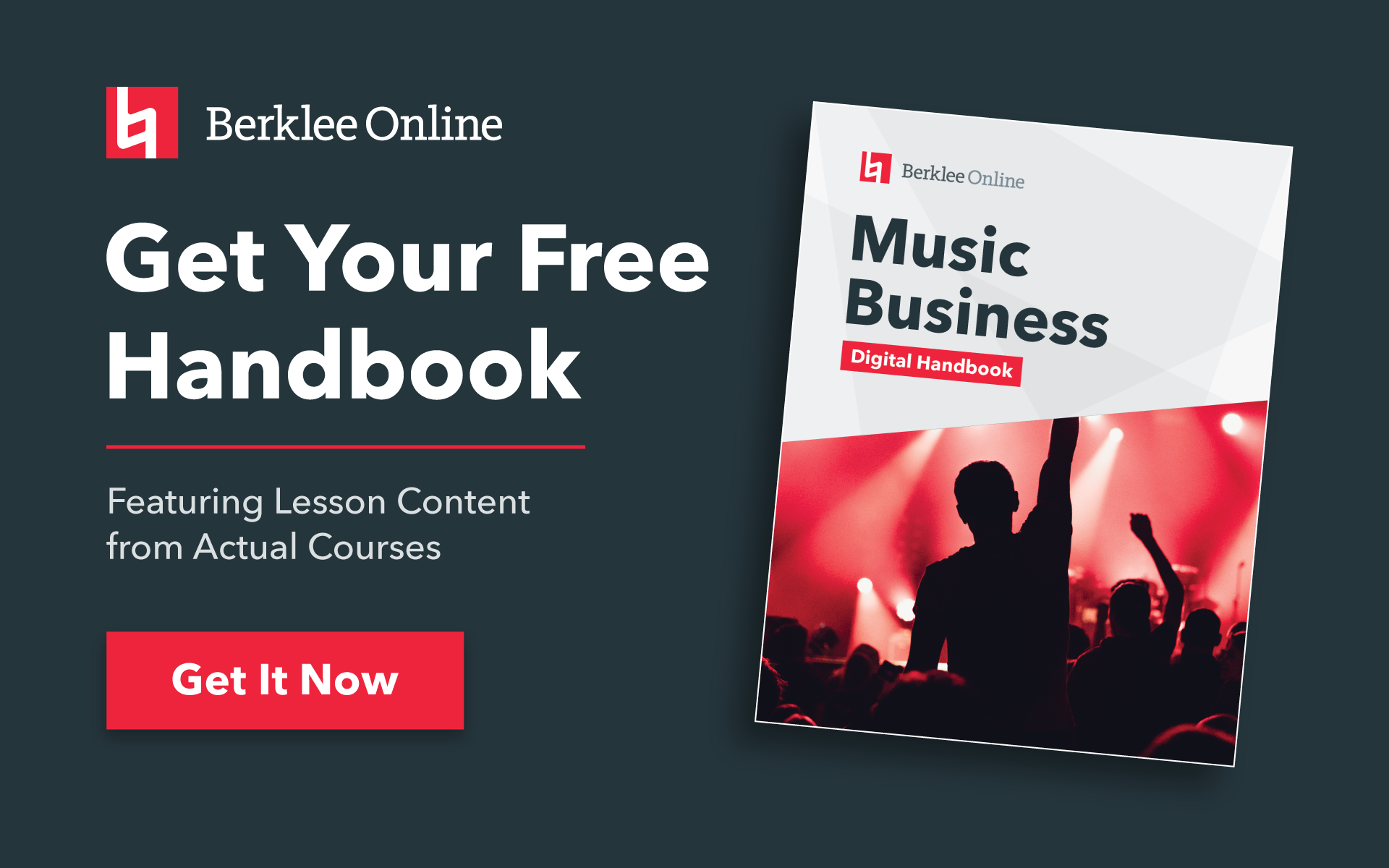As 2020 slogs on, the live music industry has scrambled to bring audiences an opportunity to be more present than they can be during live streamed concerts from the artists’ homes. The latest trend in bridging the social distance is drive-in concerts. Acts as varied as the Avett Brothers, Nelly, Keith Urban, and Los Lobos have all brought their shows to sites that were mostly neglected until the coronavirus pandemic hit.
Curious to see how this approach works, I jumped at the chance to see the Lemonheads at the Yarmouth Drive-In on Cape Cod. The experience was mostly a positive one, but attendees should temper expectations: drive-in concerts are a temporary balm. Yes, they will bring familiar feels to those who miss the full concert experience, but they do not deliver the feeling of connection and communion that pre-pandemic shows did. To use the admittedly tacky, yet classic “music as a drug” analogy, drive-in concerts are a little like nicotine gum or methadone: They quell the cravings but don’t deliver as much of a high.
In most cases, attendees are charged by the car, and up to four people can travel together for the standard ticket price, which usually ranges from $100 to $200 per car. This is bad news for concert loners and germaphobes, because that could turn out to be $100 for one ticket, but if everybody in your bubble is into the artist in question, that can mean it’s as cheap as $25 per ticket.
Upon arriving at the drive-in you’re shown to your “suite,” which is a spot that accommodates your car and enough space next to the driver’s side to fit a bunch of lawn chairs, if you’d prefer to sit outside to watch the show. Live Nation refers to this as your “personal tailgate zone.”
Live Nation features a video on their site that does a good job of detailing the setup of a drive-in concert experience.
The Lemonheads show was not nearly as crowded or as raucous as the concert that the people in the above video experienced, but the Yarmouth Drive-In is spacious enough to accommodate such a scene.
Before the show begins, whimsical illustrations that are slightly terrifying upon closer inspection (a soda cup with a face mask?) share the screen with foreboding messages. But this is all part of the rules of engagement of a concert during a global pandemic.
Four rows back, you can hear the actual performance from the PA and amps on the stage, but as a courtesy to the neighbors, the volume is nowhere near club or stadium-level. What is like a stadium experience are the two huge screens positioned on either side of the stage, to give people in the back a chance to see. Also as a courtesy to the neighbors, the concert began promptly at 7 PM
If you’re worried that this concern for the neighbors means a concert that just isn’t loud enough, you can tune in on your car radio via an FM simulcast. However, the fact that both signals were audible was slightly problematic as there was about a half-second delay between what was happening onstage and what was coming through the radio. And even if you sit outside, other people around you might have their car radios cranked so they can hear the simulcast from their lawn chairs, and then you’re dealing with some seriously out-of-sync audio. That said, if you do choose to watch the show from inside your vehicle, the sound is the most pristine I’ve ever experienced at a live show. Everything was mixed perfectly. And if you are further in the back, you might not even be able to hear the actual audio from the PA, so the quality mix will be all you’ll hear.
Seeing a live show at a drive-in during a global pandemic is definitely surreal, and you will occasionally float away from the gravity of the situation when the notes are right, but you’ll come crashing down to earth when you see something on the screens like the people watching from backstage singing along underneath medical face masks. Another aspect that is drastically different at a drive-in concert experience is that there is very little opportunity for people-watching, which is a part of what makes going to a real show so communal, you’re all getting into the music together; sweaty strangers united in appreciation of the same music. Even the concession stand is set up so there are no lines: You order from your phone, and they text you when you can pick up your food or drinks.
As for the show itself, the Lemonheads are always a gamble to see live. Frontman Evan Dando seemed displeased with the setup, which is understandable, since that aforementioned connection with the audience is harder to achieve when the first row is at least 20 feet back. His revolving door of bandmates keeps on revolving, and he was accompanied by a drummer and a bassist, the latter of whom looked like a jam kid from the 1990s, the type who would have never been into the Lemonheads. Dando played acoustic guitar throughout the set, and without the electric accompaniment of longtime sideman Chris Brokaw, many of the songs felt like arrangements befitting of James Taylor. Although this likely wasn’t Dando’s ideal version of his band’s sound, this was actually okay for an early Sunday evening concert in the salty Cape Cod air.
As is often the case with Lemonheads shows, the set was heavy with songs from the band’s 1992 breakthrough, It’s a Shame About Ray, and even included the song that Dando says the record label “tricked” him into doing and tacking onto the end of that LP, a cover of Simon and Garfunkel’s “Mrs. Robinson.” As Dando detailed in his episode of the Music Is My Life podcast, he has had a rocky relationship with that song, and he hardly ever plays it live. This was apparent when he improvised in perfect meter, “What are the words to ‘Mrs. Robinson,’ I should really know … woah, woah, woah.”
Towards the end of the set he turned to his bandmates and said, “Let’s do ‘Rudderless,’ and then we’re out of here,” unconcerned that he had broadcast this directive on the mic, and made his audience acutely aware (if they weren’t already) of how he felt about being in this odd performing situation.
After the band left the stage, people flashed their headlights for an encore. After all, it was only 8:15. A message tickered across the large screens telling patrons, “Please be respectful to our neighbors. Don’t honk your horn.” But as the message slowly scrolled across and the word “don’t” had gone by, some patrons only saw “honk your horn,” and many obliged.
Dando came out and performed two more songs, ending the night with a cover of Patsy Cline’s “Strange,” a title which aptly reflects this new reality for live music. Even though it is strange, it is an important between-time for the live music industry, and even though we aren’t rubbing sweaty elbows with strangers, we are still in this together, and any live music that you experience is a helpful reminder of that.

